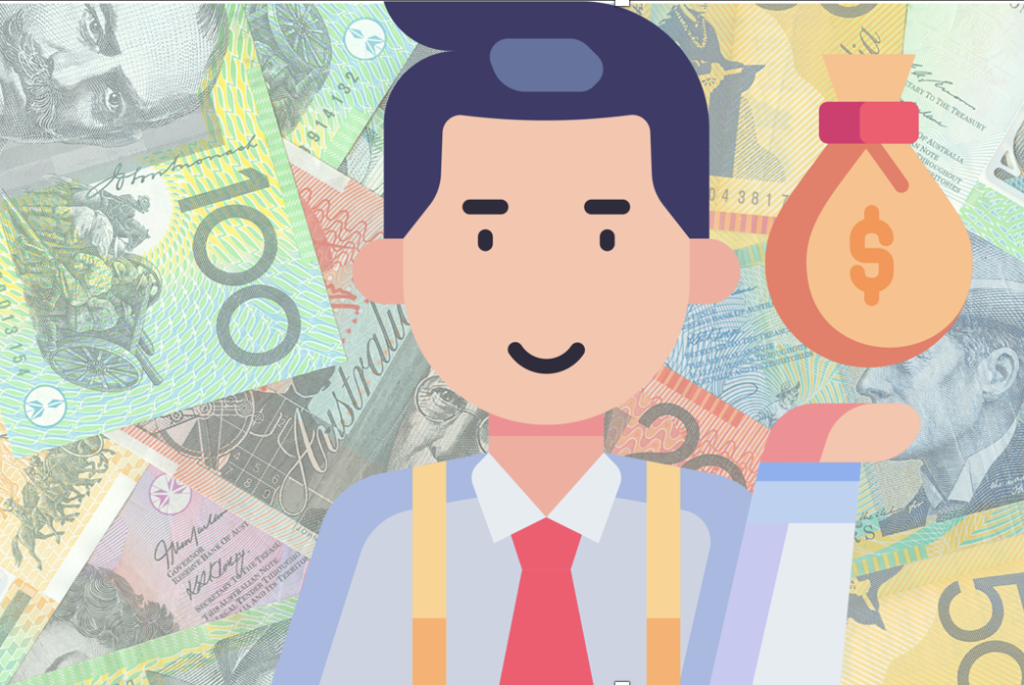Without spending caps, our election debates are dominated by those with the biggest bank balance, not those with the best ideas.
Alice Drury, Human Rights Law Centre
There can be little doubt that political donations buy access to ministers and other members of parliament and that the purpose of large donations is to bring influence to bear over public policy.
What should be done:
- Cap electoral expenditure for political parties proportional to the number of electoral divisions in which they endorse candidates
- Cap donations to political parties, candidates and third parties, with penalties for non-compliance
- Abolish the requirement of winning at least 4% of votes cast for receiving public funding
- Disclose political fundraising event payments of more than $1,000 per individual and parties to report total raised at each event
- Require parties to disclose aggregated donations from a single donor
- Report weekly on donations during election periods
- Ban donations from businesses and organisations that have a financial interest in Federal Government contracts for goods and services
- Bring back public broadcasting of election pitches and candidate debates
- Reduce the donation disclosure threshold from the current $15,200 to say $1,000 accumulative
- Properly fund the Australian Electoral Commission to enforce electoral laws and scrutinise party records
Australia lacks the level of transparency of many other Western democracies when it comes to campaign finance and political parties. A significant proportion of public funding for elections is reported to the AEC yet is only released to the public as an aggregate figure. Simply put, the source of a large amount of the money parties spend on elections in Australia can be described as a mystery.
The price of democracy: how much do elections cost and who pays? Parliamentary Library, May 2022
In February 2023 – 9 months after the 2022 Federal election – we discovered that political parties spent $418 million in the year leading up to the election. The drive to outcompete political opponents in paying for advertising and campaigning makes parties highly dependent on a small number of cashed-up corporations, wealthy individuals and unions, most of whom have self-interest at heart.
One of the biggest donors – Pratt Holdings – donated $3.7m, split more or less evenly between Labor and the Coalition. This even-handedness suggests the donor is not backing a party to win, but wants to hold onto influence whichever party takes office. Why otherwise would so much money be wasted for no election gain?
Accountants KPMG, PwC, Deloite and EY donated $4.3 m to Labor and the Coalition over the past decade. During that time, the value of their government contracts increased by 400%.
There are numerous measures that could be adopted to make the donation process transparent such as real-time disclosure, lowering the threshold for reporting, putting caps on donations and excluding certain sectors like property developers and Government contractors. However, the most urgent measure is to put limits on campaign expenditure – a reform ruled by the High Court as constitutional.
All state and territory governments other than Victoria have caps on expenditure. Queensland introduced caps in 2012 reducing electoral expenditure to ~$8 million per major party, down from a high in 2006 of ~$23 million for the ALP and ~$11 million for the LNP.
Around $1 billion in ‘dark money’ was given to political parties in the last 20 years <40% of their income in the case of the LNP. The Auditor General found the AEC was not doing enough to enforce the laws or to see that accurate records were provided. It did not scrutinise third party records. In 2018-19 53% of private income was undisclosed. For Labor it was 36%.
The only accountability reform to be passed by this government was the ban on foreign donations – something the Australian Democrats called for years ago.
The experience of electoral spending caps in other countries:
Analysis of expenditure caps in other jurisdictions suggests they are effective at arresting the arms race. For example, in the United Kingdom, collective spending of the Labour, Conservative and Liberal Democratic Parties decreased by 44.5 per cent between the 1997 and 2001 elections after the imposition of additional expenditure cap legislation. Empirical studies in countries such as France and Brazil have shown that expenditure caps increase the competitiveness of elections and diversify the pool of potential candidates. In considering the level at which caps should be set, Alexander Fouirnaies’ extensive analysis of expenditure caps in the United Kingdom between 1885 and 2019 indicates that lower caps on electoral expenditure increase the pool of candidates, the competitiveness of elections, and mitigate the benefits of incumbency. The Centre for Public Integrity
Useful references

